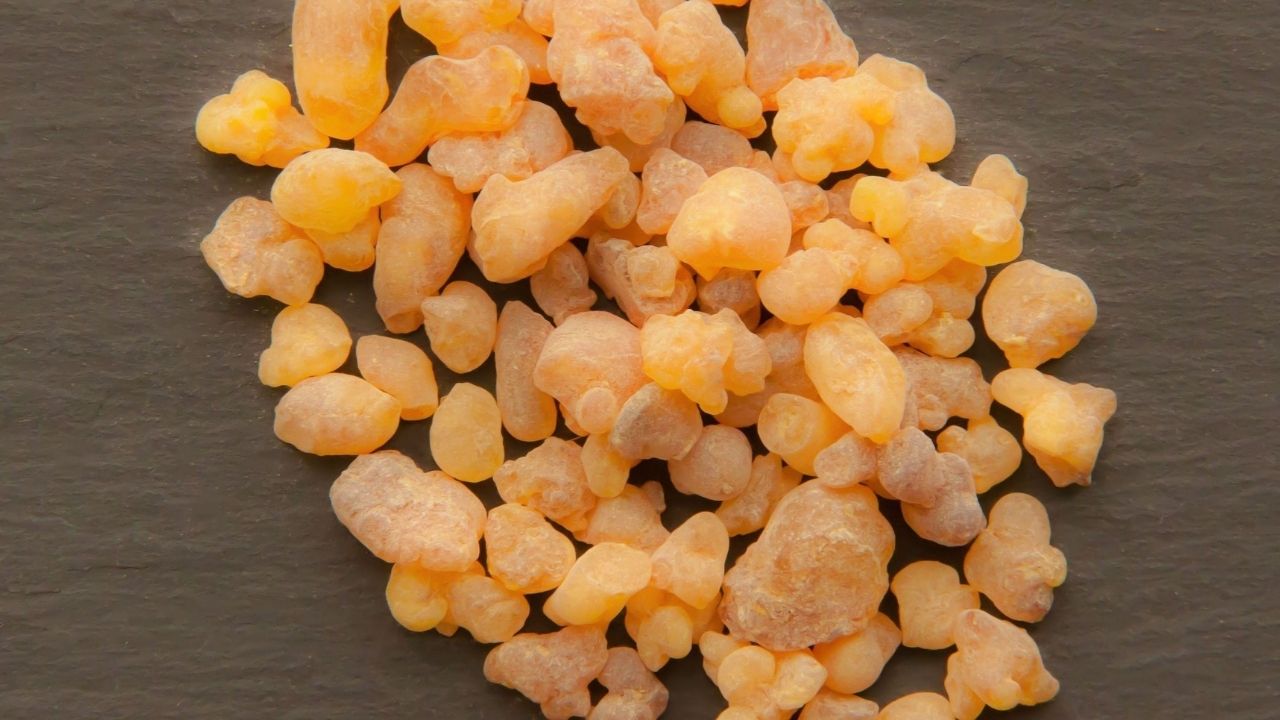The enhancing concentrate on sustainability and eco-friendly items has brought about a revival in the need for all-natural fibers like jute as well as coir. Both hemp and also coir have distinct homes that make them appealing for numerous applications, from fabrics and also product packaging to building and disintegration control. This article takes a look at the feasibility as well as techno-economic stability of buying making with jute and coir products, thinking about the market size, share, fads, and future chances. A SWOT evaluation will supply an in-depth understanding of the staminas, weaknesses, possibilities, as well as hazards connected with this market.
Section 1: The Global Jute and Coir Products Market
1.1 Market Size and Share
Market Size and also Share the global jute and also coir items market has been growing progressively over the last few years, with a compound annual development price (CAGR) of about 4.5% in between 2018 as well as 2023. The market is expected to reach an evaluation of USD 8.3 billion by 2025. The Asia-Pacific region dominates the market, accounting for greater than 60% of the worldwide share, with countries like India as well as Bangladesh being the leading manufacturers of jute as well as coir, specifically. Europe as well as North America follow the Asia-Pacific area in terms of market size and also share.
Visit this Page for More Information: Start a Business in Jute Industry
1.2 Market Trends
The key market trends driving the growth of the jute and coir products market include:
- Increased Demand for Eco-Friendly Products: The global push towards sustainability and the need to reduce the environmental impact of products have led to a growing demand for natural fibers like jute and coir. These fibers are biodegradable, renewable, and have a low carbon footprint, making them ideal alternatives to synthetic materials.
- Growing Applications in Various Industries: The versatility of jute and coir fibers has led to their adoption in a wide range of industries, including agriculture, textiles, construction, and automotive. The fibers are used for making ropes, mats, sacks, and geotextiles, among other products.
- Technological Advancements In Processing And Manufacturing: Innovations in the processing and manufacturing of jute and coir products have led to improved quality, reduced production costs, and increased efficiency. This has made these products more competitive in the global market.
Section 2: Feasibility and Techno-Economic Viability Study of Jute and Coir Products Manufacturing
2.1 Cultivation and Processing of Jute and Coir
Jute is derived from the stem of the Corchorus plant, which is native to the Indian subcontinent and grows well in tropical climates. The cultivation of jute requires well-drained, fertile soil, and adequate rainfall. Harvesting takes place after 100-120 days, and the fibers are extracted through a process called retting. Retting involves soaking the stems in water for several days, after which the fibers are separated, washed, and dried.
Coir is extracted from the husk of the coconut, which is the fibrous outer layer of the fruit. The coconut palm is a versatile crop that can grow in a variety of soil types and climates. After harvesting, the husks are soaked in water for a few weeks, allowing the fibers to loosen and separate. The fibers are then cleaned, dried, and processed into various products.
Related Feasibility Study Reports: Jute and Jute Based Project, Oil, Coir, Shopping Bags Projects
2.2 Techno-Economic Viability
Investing in the manufacturing of jute and coir products can be economically viable, provided that the right infrastructure and technology are in place. The key factors that contribute to the techno-economic viability of this industry include:
- Availability of Raw Materials: Access to a consistent supply of raw materials is essential for the success of any manufacturing venture. Since jute and coir are primarily grown in the Asia-Pacific region, establishing manufacturing facilities in or near these areas can help ensure a steady supply of raw materials at competitive prices.
- Government Support and Favorable Policies: Governments in countries like India and Bangladesh are promoting the cultivation and use of jute and coir products to support local farmers and reduce the environmental impact of synthetic materials. Favorable policies and incentives can help make investments in this industry more attractive.
- Technological Advancements: The adoption of modern processing and manufacturing technologies can help improve the quality and efficiency of jute and coir products, making them more competitive in the global market. Additionally, investments in research and development can lead to the creation of new and innovative products that can cater to a broader range of applications.
- Market Demand: The growing demand for eco-friendly products, along with the diverse applications of jute and coir products, ensures a strong market for these fibers. Companies investing in this industry can benefit from this increasing demand by offering high-quality, innovative, and sustainable products.
Section 3: SWOT Analysis of Jute and Coir Products Manufacturing
3.1 Strengths
- Eco-Friendly and Sustainable: Jute and coir products have a low environmental impact, making them attractive options for consumers seeking sustainable alternatives to synthetic materials.
- Versatility: The wide range of applications for jute and coir products across various industries ensures a broad market potential.
- Favorable Government Policies: Support from governments in jute and coir-producing countries can help facilitate investments in the industry.
- Employment Generation: Investments in the cultivation, processing, and manufacturing of jute and coir products can help create employment opportunities, especially in rural areas where these crops are grown.
Read our Books Here: Jute & Coir Products
3.2 Weaknesses
- Limited Availability of Raw Materials: The cultivation of jute and coir is concentrated in specific regions, which may pose challenges for manufacturing facilities located elsewhere.
- Labor-Intensive Processes: The extraction and processing of jute and coir fibers are labor-intensive, which can lead to higher production costs.
- Competition from Synthetic Materials: Jute and coir products face competition from synthetic materials, which are often cheaper and more widely available.
3.3 Opportunities
- Growing Demand for Eco-Friendly Products: The global push towards sustainability presents a significant opportunity for the jute and coir products industry to expand its market share.
- Technological Advancements: Innovations in processing and manufacturing technologies can help improve the quality, efficiency, and competitiveness of jute and coir products.
- New Product Development: Research and development efforts can lead to the creation of new and innovative products, catering to emerging market needs and expanding the applications of jute and coir fibers.
- Expansion into Untapped Markets: Manufacturers can explore opportunities in regions with low market penetration, such as Africa and Latin America, to increase their global presence.
3.4 Threats
- Fluctuations in Raw Material Prices: Changes in the prices of jute and coir can impact the profitability of manufacturing ventures.
- Climate Change: Climate change can lead to unpredictable weather patterns and affect the cultivation of jute and coir crops, potentially causing supply chain disruptions.
- Trade Barriers: Tariffs and other trade barriers can impact the cost competitiveness of jute and coir products in the global market.
Top quality, and sustainability, producers can effectively navigate the obstacles as well as benefit from the increasing market for hemp and coir products. Expanding applications, exploring untapped markets, and also leveraging technical improvements can assist companies develop a strong placement in the global market as well as add to the more comprehensive goal of promoting eco-friendly and also sustainable remedies.
Over the past several months, our team has been committed to creating a comprehensive and engaging piece of work that not only embodies our vision and passion but also serves as a resource that we believe will be invaluable to our readers.
The Complete Book on Jute & Coir Products (with Cultivation & Processing) – 2nd Revised Edition is an extension of our blog, delving deeper into the subjects we’ve only had the opportunity to briefly explore in our blog posts. It offers further insights, more nuanced discussions, and a plethora of concepts we’ve discussed. We’ve curated the content with great care and attention to detail to ensure that the book complements our existing resources, offering a richer, more detailed exploration of the topics at hand.
Reading this book is like embarking on a journey, one that will take you through landscapes of knowledge that we have meticulously designed and laid out for you. We’ve created it with you, our valued reader, in mind, and we believe it is time well spent for anyone who wants to learn more.
Thank you for being an integral part of our journey. Your thirst for knowledge is what fuels our passion for providing insightful, relevant content. Enjoy the journey of discovery that awaits in the pages of our new book.
Visit the page Select and Choose the Right Business Startup for You for sorting out the questions arising in your mind before starting any business and know which start-up you can plan.
We, at NPCS, endeavor to make business selection a simple and convenient step for any entrepreneur/startup. Our expert team, by capitalizing on its dexterity and decade’s long experience in the field, has created a list of profitable ventures for entrepreneurs who wish to diversify or venture. The list so mentioned is updated regularly to give you a regular dose of new emerging opportunities.
Click here to send your queries/Contact Us
Purchasing a detailed NPCS (Niir Project Consultancy Services) report can provide several benefits, particularly for businesses and individuals looking to invest in new ventures or understand industry trends. Here are some reasons why one might consider buying an NPCS report:
- Detailed Market Analysis: NPCS reports provide in-depth analyses of various markets, including understanding market size, growth rates, demand and supply trends, and key players.
- Feasibility Studies: These reports often include feasibility studies for various projects, giving potential investors an understanding of the project’s viability, expected returns, and risks involved.
- Industry Trends and Forecasts: NPCS reports help investors understand the latest trends in specific industries and future forecasts, helping in strategic decision making.
- Technological Insights: These reports can provide valuable information about the latest technological advancements and how they are impacting specific sectors.
- Regulatory Framework: Understanding the regulatory landscape of an industry or market is crucial for business planning. NPCS reports provide detailed information on the regulatory environment and potential changes.
- Competitive Landscape: NPCS reports also offer insights into the competitive environment of an industry, outlining major competitors, their market shares, and their strategies.
- SWOT Analysis: These reports often include SWOT analyses (Strengths, Weaknesses, Opportunities, Threats) of the industries they cover, providing a balanced view of the pros and cons of investing in those sectors.
- Investment Guidance: For businesses and individuals looking to invest in new ventures, NPCS reports can provide a thorough understanding of the industry, helping them make informed investment decisions.
- Business Planning: Whether starting a new business or expanding an existing one, NPCS reports can be beneficial in business planning by providing comprehensive industry and market information.
- Tailored Information: NPCS reports can be customized according to specific needs, ensuring that businesses get the most relevant and useful information for their unique situation.
In conclusion, an NPCS report can be an invaluable tool in understanding an industry or market, aiding in decision-making, planning, and investment strategies.
See More Links:
- Start a Business in Asia
- Start a Business in Potential Countries for Doing Business
- Best Industry for Doing Business
- Business Ideas with Low, Medium & High Investment
- Looking for Most Demandable Business Ideas for Startups
- Startup Consulting Services
- Start a Business in Africa
- Start a Business in India
- Start a Business in Middle East
- Related Videos
- Related Books
- Related Projects
- Related Market Research Reports
- Read Our Blog Here
OF_20Art23





